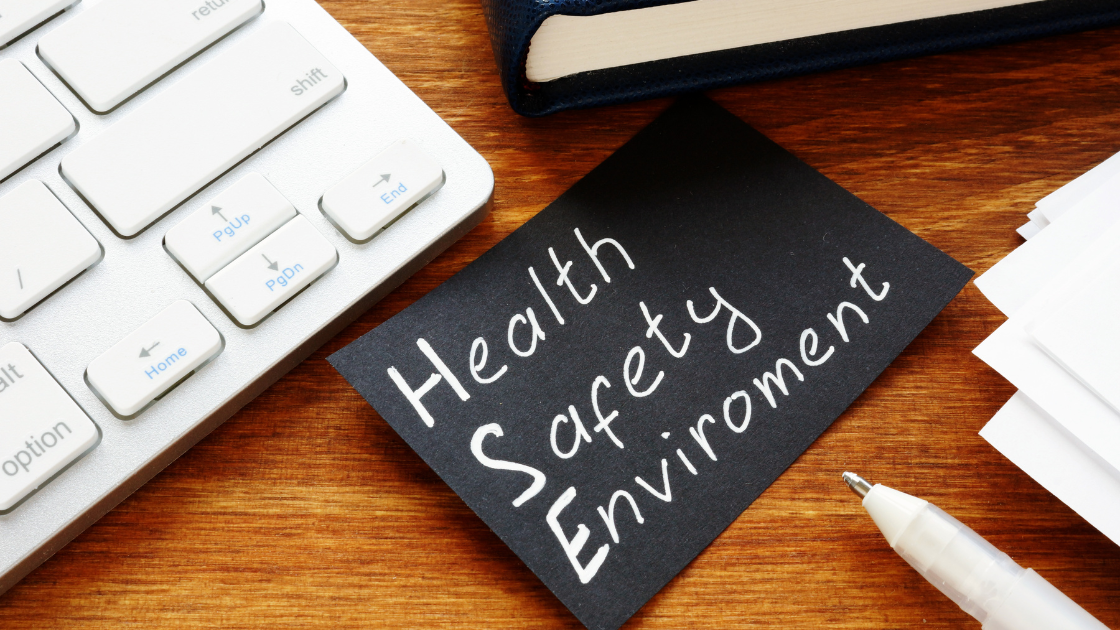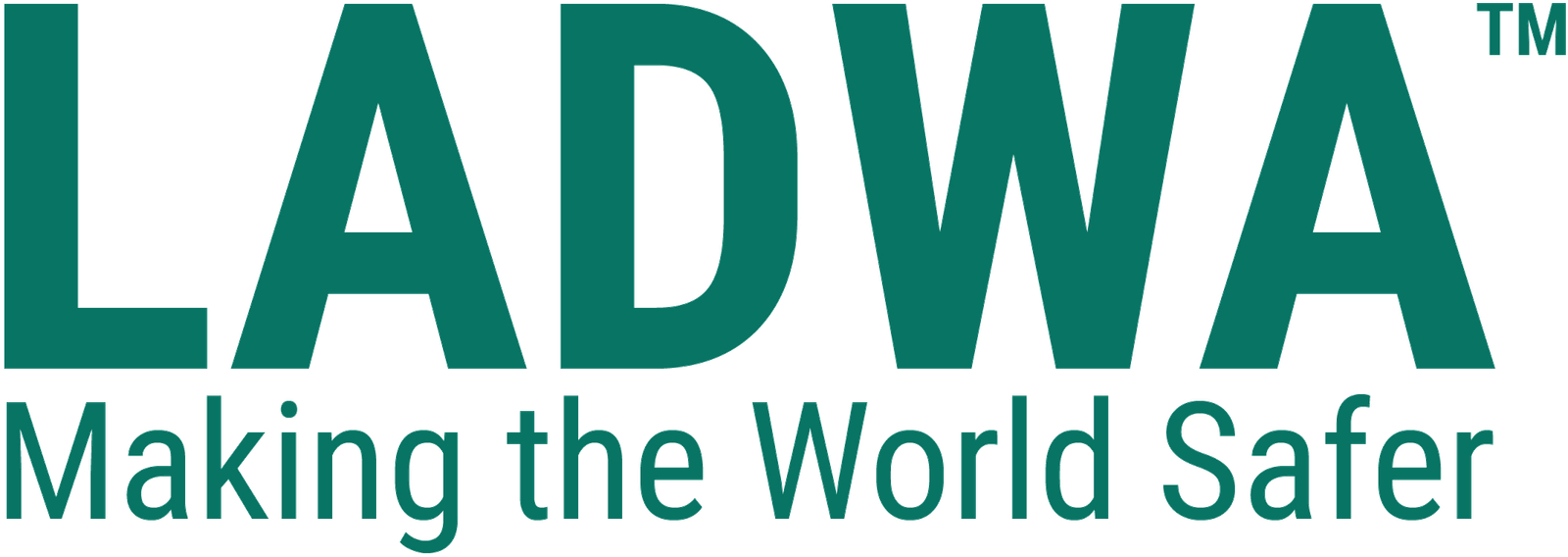Environmental health and safety (EHS) can be a rewarding career for those who are passionate about protecting the environment and ensuring the well-being of workers and communities. EHS professionals work to minimize the negative impact of human activity on the environment and to prevent accidents and injuries in the workplace. This can include tasks such as conducting safety inspections, monitoring environmental compliance, and developing emergency response plans. The field is growing, with many job opportunities available in a variety of industries, including manufacturing, construction, and government. To become an EHS professional, a bachelor’s degree in a related field, such as environmental science or engineering, is typically required, as well as relevant experience and certifications.
A career in environmental health and safety (EHS) can involve a wide range of responsibilities, depending on the specific job and industry. Some common tasks that EHS professionals may perform include:
- Conducting safety inspections and audits to identify and address potential hazards
- Developing and implementing safety policies and procedures
- Training employees on safety procedures and regulations
- Monitoring compliance with environmental regulations and laws
- Investigating and reporting on accidents and incidents
- Assessing and managing risks to the environment and human health
- Developing and implementing emergency response plans

EHS professionals typically work in industries such as manufacturing, construction, healthcare, and government. There are many different career paths within the field, including roles such as EHS managers, consultants, and specialists. To pursue a career in EHS, a bachelor’s degree in a relevant field, such as environmental science, occupational health and safety, or engineering, is typically required. Additionally, certifications such as the Certified Safety Professional (CSP) or the Occupational Health and Safety Technologist (OHST) can be beneficial for career advancement.








